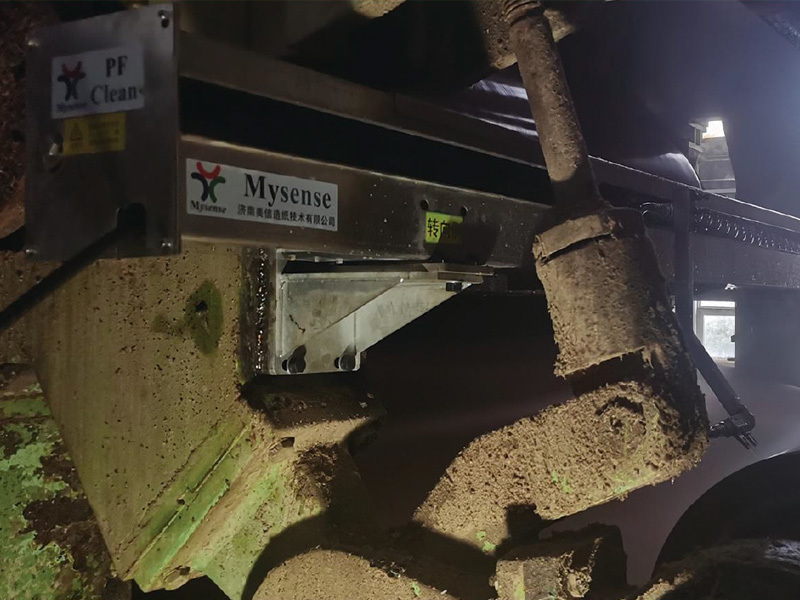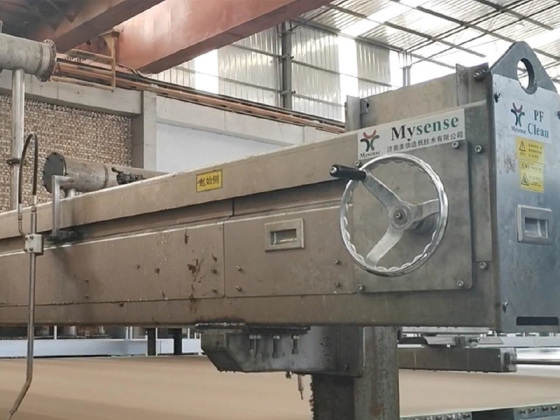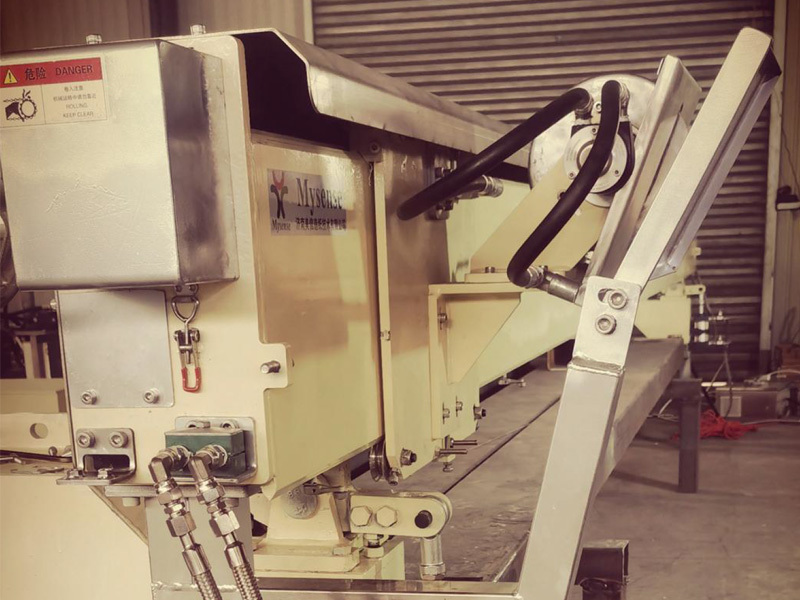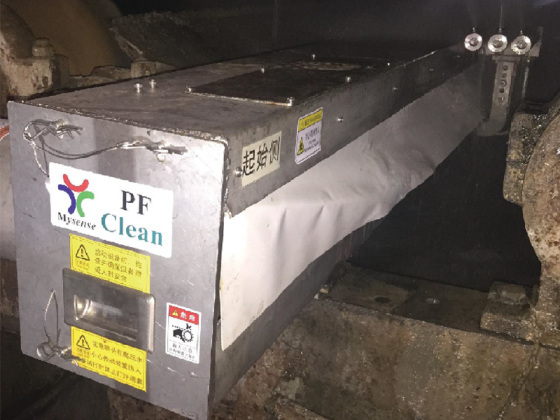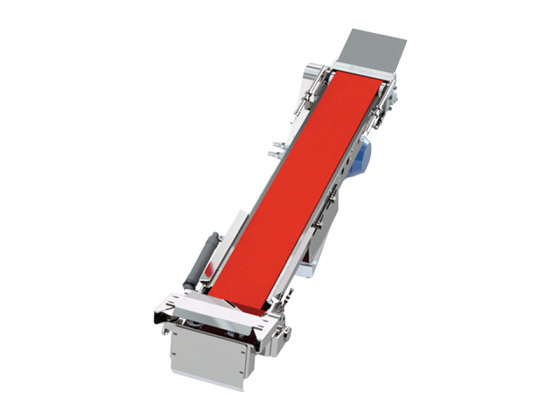Automating Precision: Enhancing Workflows with Automatic Tail Cutters in Industrial Applications
Published on:
2025-04-20 12:40
Automating Precision: Enhancing Workflows with Automatic Tail Cutters
Table of Contents
- 1. Introduction to Automatic Tail Cutters
- 2. Benefits of Using Automatic Tail Cutters
- 3. Technology Behind Automatic Tail Cutters
- 4. Applications in Various Industries
- 5. Comparing Automatic Tail Cutters with Manual Methods
- 6. How to Implement Automatic Tail Cutters in Your Workflow
- 7. Challenges and Solutions in Automation
- 8. The Future of Automatic Tail Cutters in Industrial Equipment
- 9. Frequently Asked Questions (FAQs)
- 10. Conclusion
1. Introduction to Automatic Tail Cutters
Automatic tail cutters represent a groundbreaking advancement in industrial manufacturing, streamlining operations that require precision cutting. These machines are engineered to automate the trimming process of workpieces, significantly reducing manual intervention and enhancing overall efficiency. As industries continue to evolve with technological advancements, the integration of automatic tail cutters into workflows presents an opportunity for organizations to improve productivity and maintain high standards of quality.
2. Benefits of Using Automatic Tail Cutters
The incorporation of automatic tail cutters into manufacturing workflows offers numerous benefits:
2.1 Enhanced Precision
Automatic tail cutters utilize advanced technologies to achieve unparalleled precision in cutting tasks. The automated systems ensure that cuts are uniform and accurate, which minimizes waste and increases the quality of finished products.
2.2 Increased Efficiency
By automating routine cutting tasks, businesses can significantly reduce the time spent on manual operations. This increased efficiency translates to higher output rates and faster turnaround times.
2.3 Reduced Labor Costs
With automatic tail cutters in place, the need for manual labor decreases, leading to reduced labor costs. Employees can be reassigned to more complex tasks, maximizing their skills and enhancing overall productivity.
2.4 Improved Safety
Automation minimizes the risk of workplace injuries associated with manual cutting operations. Automatic tail cutters are designed with safety features that protect operators, creating a safer working environment.
3. Technology Behind Automatic Tail Cutters
The effectiveness of automatic tail cutters lies in the advanced technologies they employ. Key components include:
3.1 CNC Technology
Computer Numerical Control (CNC) technology is fundamental in the operation of automatic tail cutters. CNC systems allow for precise control over cutting operations, making it possible to execute complex cutting patterns with high accuracy.
3.2 Sensor Integration
Modern automatic tail cutters are equipped with sensors that monitor various parameters during the cutting process. These sensors provide real-time data, enabling adjustments to be made on-the-fly, further enhancing precision and efficiency.
3.3 Software Solutions
Sophisticated software solutions are integral to the operation of automatic tail cutters. These programs streamline workflow management, allowing operators to design cutting programs, monitor performance, and analyze data for continuous improvement.
4. Applications in Various Industries
Automatic tail cutters find applications across multiple industries, revolutionizing traditional cutting processes. Some prominent sectors include:
4.1 Automotive Industry
In the automotive industry, precision is critical. Automatic tail cutters are used for trimming components like metal parts, ensuring that they meet stringent quality standards.
4.2 Aerospace Sector
Aerospace manufacturing demands the highest level of precision. Automatic tail cutters play a vital role in processing lightweight materials for aircraft components, contributing to overall safety and performance.
4.3 Electronics Manufacturing
In the electronics sector, automatic tail cutters are essential for cutting printed circuit boards (PCBs) and other components, ensuring accuracy and consistency in production.
4.4 Woodworking and Furniture Production
In woodworking, automatic tail cutters enhance production efficiency by providing precise cuts for furniture manufacturing, resulting in cleaner edges and less waste material.
4.5 Medical Device Manufacturing
The medical device industry requires strict adherence to regulations and standards. Automatic tail cutters support this need by ensuring that components are cut accurately and consistently, minimizing the risk of defects.
5. Comparing Automatic Tail Cutters with Manual Methods
Understanding the advantages of automatic tail cutters over manual methods is crucial for businesses considering automation.
5.1 Precision and Consistency
Automatic tail cutters provide superior precision compared to manual cutting methods, which can be prone to human error. This consistency results in higher quality products.
5.2 Speed and Efficiency
The speed at which automatic tail cutters operate far surpasses manual methods. This increased efficiency allows for higher production volumes and reduced lead times.
5.3 Cost-Effectiveness
While the initial investment in automatic tail cutters may be higher, the long-term savings on labor costs and the reduction of waste make them a more cost-effective solution in the long run.
6. How to Implement Automatic Tail Cutters in Your Workflow
Implementing automatic tail cutters requires careful planning and execution. Here are key steps to consider:
6.1 Assess Your Needs
Identify the specific cutting tasks that could benefit from automation. Understanding your requirements will help you select the right equipment.
6.2 Choose the Right Equipment
Research and select automatic tail cutters that match your operational needs. Consider factors such as cutting capacity, material compatibility, and technology features.
6.3 Train Your Workforce
Invest in training your employees on how to operate and maintain the new equipment. A well-trained workforce is essential for maximizing the benefits of automation.
6.4 Monitor Performance
Once implemented, continuously monitor the performance of your automatic tail cutters. Use data analytics to assess efficiency, identify areas for improvement, and make necessary adjustments.
7. Challenges and Solutions in Automation
While the benefits of automatic tail cutters are significant, challenges may arise during implementation.
7.1 High Initial Costs
The upfront investment can be daunting for some businesses. However, the long-term savings on labor and material costs can offset these initial expenses.
7.2 Change Management
Transitioning to automated processes may meet resistance from employees accustomed to manual methods. Clear communication about the benefits and proper training can mitigate this issue.
7.3 Maintenance and Repairs
Like any machinery, automatic tail cutters require regular maintenance. Establishing a schedule for routine checks can prevent costly downtime and extend the life of the equipment.
8. The Future of Automatic Tail Cutters in Industrial Equipment
The future of automatic tail cutters looks promising as advancements in technology continue to evolve. Innovations such as artificial intelligence (AI) and machine learning are expected to enhance the capabilities of these machines, enabling even smarter operations. As industries increasingly adopt automation, the demand for automatic tail cutters will likely grow, driving further innovation and efficiency in manufacturing processes.
9. Frequently Asked Questions (FAQs)
9.1 What are automatic tail cutters?
Automatic tail cutters are machines designed to automate the cutting process of workpieces, providing enhanced precision and efficiency compared to manual cutting methods.
9.2 How do automatic tail cutters improve workflow efficiency?
By automating cutting tasks, these machines reduce manual labor, minimize errors, and increase production speeds, leading to improved overall efficiency.
9.3 What industries benefit from using automatic tail cutters?
Automatic tail cutters are utilized in various industries including automotive, aerospace, electronics, woodworking, and medical device manufacturing.
9.4 Are automatic tail cutters cost-effective?
While the initial investment may be high, the long-term savings on labor and material waste make automatic tail cutters a cost-effective solution for many businesses.
9.5 How can I implement automatic tail cutters in my business?
To implement automatic tail cutters, assess your cutting needs, choose suitable equipment, train your workforce, and monitor performance for continuous improvement.
10. Conclusion
The integration of automatic tail cutters into industrial workflows is a significant step toward enhancing precision and efficiency in manufacturing. By embracing automation, businesses can achieve higher quality production, reduce labor costs, and create a safer work environment. As technology continues to advance, the future of automatic tail cutters promises even greater capabilities, ensuring that industries remain competitive and efficient in an ever-evolving market.
Latest News



